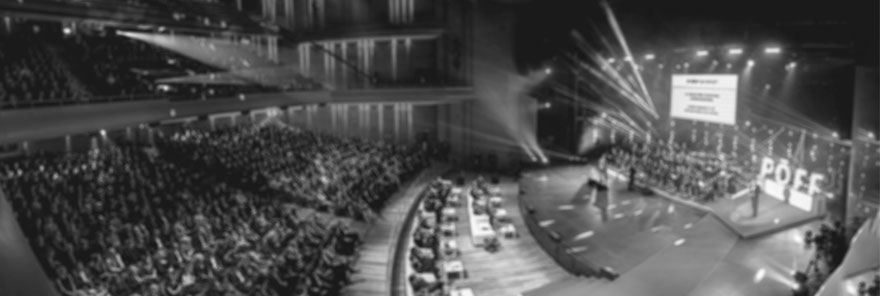Capital-Skill Complementarity, Sectoral Labor Productivity, and Structural Transformation 2018 | The World Bank | 20 September 2018 | World Bank Malaysia Office, Level 3, Sasana Kijang, No. 2, Jalan Dato’ Onn
Venue
World Bank Malaysia Office
World Bank Malaysia Office, Level 3, Sasana Kijang, No. 2, Jalan Dato’ Onn
What is Qwoted?
Qwoted is a free expert network: we help reporters connect with experts & we help those same experts build relationships with top reporters.
| Event Date |
Thu Sep 20 HKT (about 6 years ago)
In your timezone (EST): Thu Sep 20 12:00am - Thu Sep 20 12:00am |
| Location |
World Bank Malaysia Office
Level 3, Sasana Kijang, No. 2, Jalan Dato’ Onn |
| Region | APAC |
Details
Labor productivity grows faster in the goods sector than in the service sector in the post-war US economy, which results in the well-known pattern of structural transformation. I explain the differences in labor productivity growth through the lens of capital-skill complementarity. I document two stylized facts using the post-war US data: first, relatively more low-skilled individuals work in the goods sector than in the service sector, and second, capital intensity increases more in the goods sector. Then I build a two-sector neoclassical growth model where capital substitutes low-skilled labor while it complements high-skilled labor. Along with economic growth, capital becomes relatively more abundant than labor. The goods sector benefits more from this, since capital substitutes the low-skilled labor easily in the goods sector, and labor productivity of the goods sector grows faster. The calibrated model can account for almost all differences in changes of sectoral capital intensity over time, and around 87% of the differences in sectoral labor productivity growth. Without capital-skill complementarity, labor productivity would have grown faster in the service sector, contradicting to the data. I further show that the standard growth accounting framework is improper to explain the contribution of capital deepening on sectoral labor productivity growth.
Speakers
2018 Speaker
Chaoran Chen
Assistant professor at the National University of Singapore
